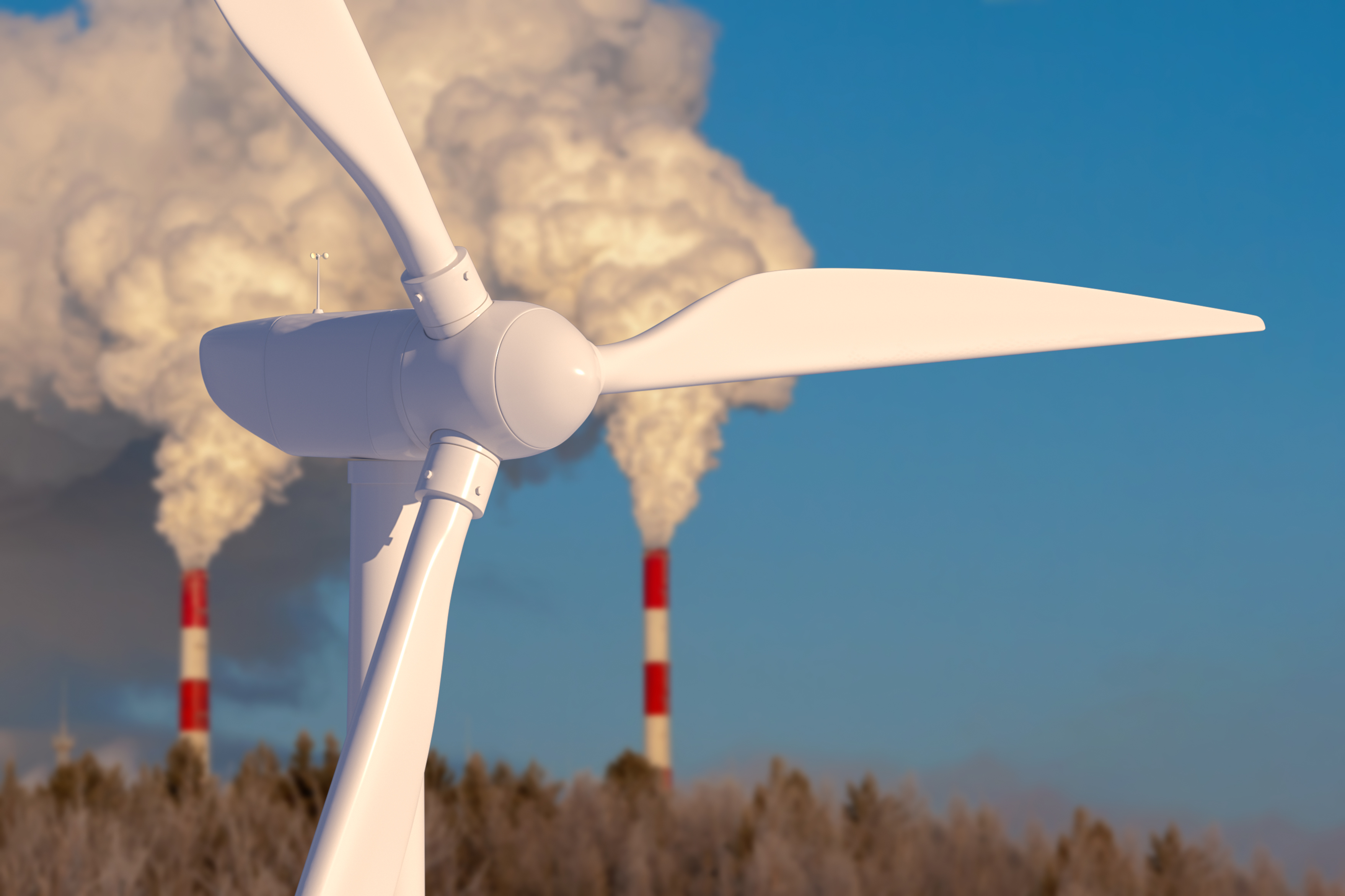Supporting Sustainable Power and Reducing Our Carbon Footprint
 CanForge believes our best future is a sustainable one.
CanForge believes our best future is a sustainable one.
Over the last century, we’ve watched our technology evolve at an unprecedented pace. To meet the demands of these new advancements, our world is shifting to more sustainable sources of energy that are clean, safe and reliable.
Wind and hydroelectric power are two renewable energy sources that reduce our carbon footprint with their lower greenhouse gas emissions. Each of these sources relies greatly on forgings for their demanding applications. As a forging supplier for both, CanForge is proud to support sustainable power for future generations.
Here’s how wind and hydroelectric energy are changing our planet’s future.
Wind Energy
The basic principle of wind power is simple, even if its technology is more complicated. As wind passes over the blades of a wind turbine, the pressure change propels the turbine. The energy from the wind is turned into mechanical energy that can be harnessed for electrical distribution.
While wind energy has existed for thousands of years, its popularity waned into the 1930s when power lines were extended into rural farm areas. Due to the oil shortages in the 1970s, this traditional energy source was revisited, with research being invested in new technological advances.
Today, wind energy is rapidly becoming a dominant power source across the world. In Canada, more wind energy has been built than any other type of power generation for the past five years. The growing number of wind farms has contributed to economic growth and provides over 1.7 million jobs globally.
Hydroelectric Energy
Hydroelectric power is one of the most reliable sources of power, making it a leading source of renewable energy in North America. Power is generated from water that moves through turbines to create energy. The most common way to produce this energy is through hydroelectric plants that rely on dams.
Hydroelectric power continues to innovate. New technology is exploring alternative ways to create hydroelectric power without damming water sources by using in-stream turbines. This approach aims to protect wildlife and natural habitats by reducing the environmental impact. Even still, existing methods of hydroelectric power reduce approximately 200 million metric tons of carbon pollution per year - the equivalent of 38 million passenger cars.
As sustainable energy sources, wind and hydroelectric can’t afford to break down. CanForge has a strong reputation in the power generation industry because our forgings are built to the highest standard. Our forgings are made to last, whether they are 1 pound or 40,000 pounds. CanForge products can be rough machined, heat-tested, “as forged,” or any combination needed.
Nuclear Energy
In addition to these sustainable energy sources, CanForge also produces forged machined parts used at nuclear power sites. With its zero-emission process, nuclear energy protects air quality, has a small land footprint and produces minimal waste. CanForge is proud to partner with suppliers of nuclear energy, such as Bruce Power and Ontario Power Generation (OPG), by providing forged steel products that meet the strict safety standards and tolerances required to support the production of clean energy.
CanForge provides a wide range of machined parts using our open die forging and closed die forging applications. We can build forgings to meet any requirements, whether they are turbine parts, sleeves, disks, rolled rings or impellers. We build our components using a variety of forging materials that meet General Electric and Westinghouse process specifications.
No matter what your forging needs are, CanForge has the power to make them happen.
Contact us to learn more about the types of forgings we provide.
